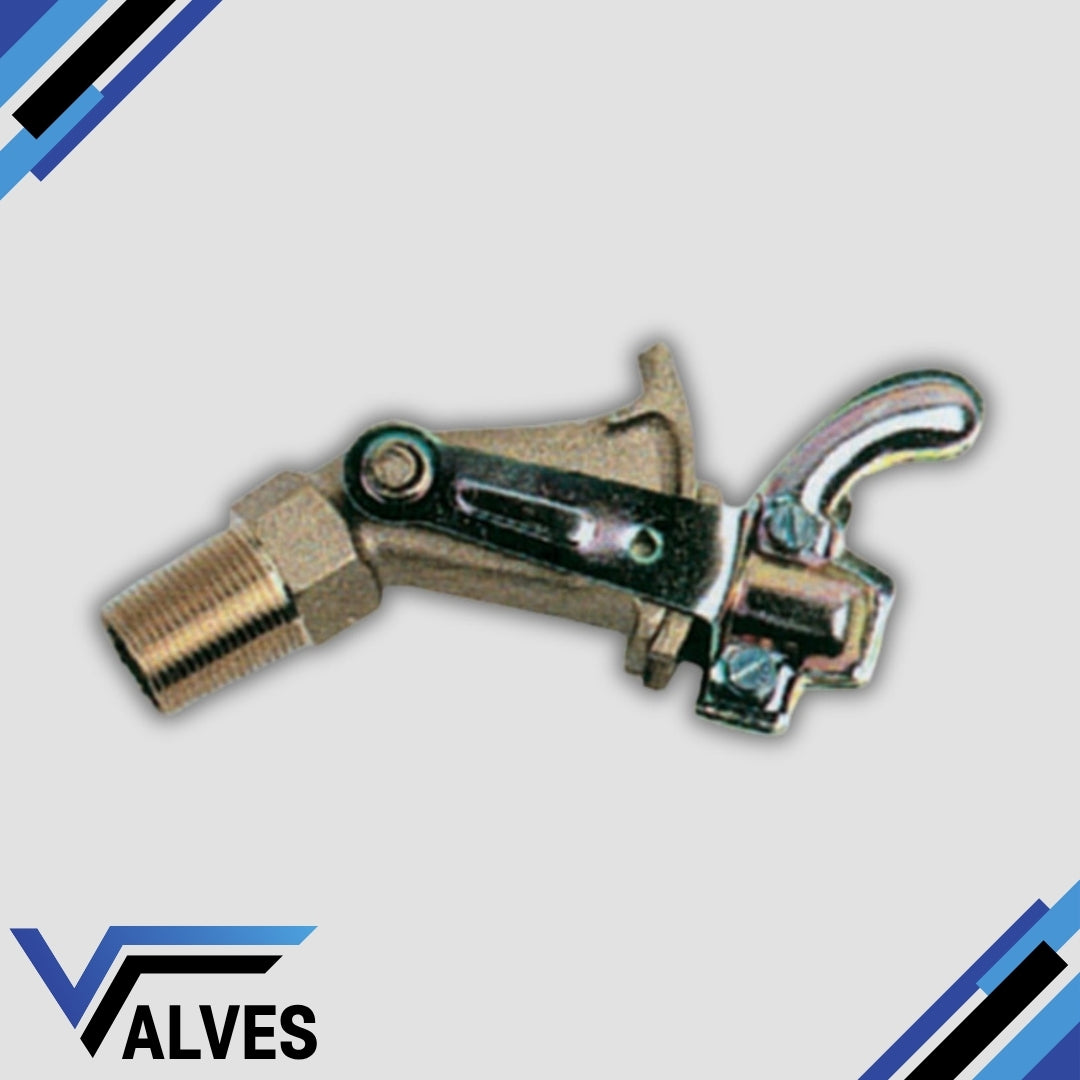Valves UK
Bronze Cast Iron Discharge Tank Cock
Bronze Cast Iron Discharge Tank Cock
Couldn't load pickup availability
va;lvesThe Bronze Cast Iron Discharge Tank Cock is engineered for controlled draining and emptying of storage tanks, vessels, and cylinders. Featuring a bronze seat and internal components combined with a cast iron body, this valve offers a robust, corrosion-resistant solution ideal for water, oil, and general-purpose fluid discharge.
The durable design ensures dependable performance even in demanding industrial or marine environments. Its easy-to-operate handle and strong shut-off capability make it a practical choice for tank bottom outlets and other discharge points.
Key Features:
- Cast iron body with bronze seating for strength and corrosion resistance
- Designed for controlled discharge from tanks and vessels
- Simple manual operation for reliable shut-off
- Suitable for water, oil, and light industrial fluids
- Ideal for industrial, agricultural, and marine applications
Share

FAQ's
What is the difference between a valve and an actuator?
What types of actuators are available?
The main types of actuators are:
Pneumatic actuators – use compressed air for fast, reliable operation.
Electric actuators – use electrical power for precise control.
Hydraulic actuators – use fluid pressure for high-torque applications.
Each type offers unique advantages depending on the environment, media, and system control needs.
How do I choose the right actuator for my valve?
To select the correct actuator, consider:
Valve type and torque requirement
Power source available (air, electric, or hydraulic)
Operating environment (temperature, humidity, hazardous area)
Control signal type (on/off or modulating)
Matching actuator torque and compatibility with the valve’s ISO mounting ensures reliable performance.
What are the main types of valves used in automation?
The most common valves in automated systems include:
Ball valves – for tight shutoff and quick operation.
Butterfly valves – for larger flow control with compact design.
Globe valves – for precise throttling and flow regulation.
Check valves – to prevent backflow.
Gate valves – for full bore flow isolation.
What’s the difference between a double-acting and spring-return actuator?
Double-acting actuators use air (or power) to both open and close the valve.
Spring-return actuators use air to open (or close) the valve, and a built-in spring to automatically return it to a safe position when power or air is lost — ideal for fail-safe operation.
How often should valves and actuators be serviced?
Regular maintenance intervals depend on operating conditions, but a good rule of thumb is to inspect every 6–12 months.
This includes checking for leaks, lubrication, seal wear, and actuator responsiveness to prevent unexpected downtime.

